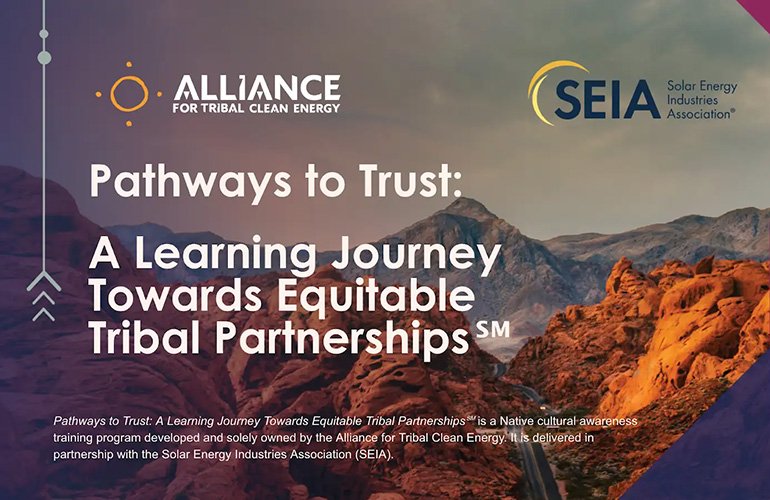New Guide Fosters Equitable Tribal Partnerships in Solar Development
The Solar Energy Industries Association (SEIA) and the Alliance for Tribal Clean Energy have unveiled a groundbreaking initiative: Pathways to Trust: A Learning Journey Toward Equitable Tribal Partnerships. Launched on Indigenous Peoples’ Day, this guide isn’t just symbolic—it’s a practical toolkit for solar developers to collaborate with sovereign Tribal Nations. If you’ve ever wondered how to align clean energy goals with tribal sovereignty, this might be your roadmap.
Why Tribal Partnerships Matter in Solar
Solar projects on tribal lands aren’t just about installing panels. They’re about honoring sovereignty, sharing benefits, and closing the energy equity gap. Tribal Nations control over 56 million acres in the U.S., yet many communities lack reliable electricity. The irony? Some of the best solar resources sit untapped on these lands.
The Trust Deficit (And How to Fix It)
History’s left scars. From broken treaties to extractive projects, tribal distrust toward outside developers runs deep. This guide doesn’t sugarcoat that. Instead, it offers concrete steps: early engagement, joint decision-making, and benefit-sharing models that go beyond royalties. Ever considered a Tribal Energy Development Organization (TEDO)? Now’s the time.
What’s Inside the Guide?
Skip the fluff—here’s the meat:
- Cultural Competency 101: How to approach consultations without stereotyping
- Legal Landscape: Navigating tribal, state, and federal jurisdictions
- Case Studies: Successes (and screw-ups) from projects like Navajo Power’s 750 MW initiative
Solar Tech Meets Tradition
Think bifacial panels can’t coexist with cultural preservation? Tell that to the Northern Cheyenne Tribe, who paired 40 MW of solar with bison grazing. The guide showcases hybrid models where tech serves tradition—like using solar to power tribal schools while teaching STEM.
Bigger Than Megawatts
This isn’t just feel-good PR. Tribal solar projects can shave 15% off development costs through streamlined permitting. And with the Inflation Reduction Act’s direct-pay incentives, tribes now access tax credits previously out of reach. Financial upside? Absolutely. But as the guide stresses, profits shouldn’t eclipse partnerships.
Your Next Steps
Before you draft that proposal:
- Map tribal lands in your target region (NREL’s REZ Explorer helps)
- Budget for longer timelines—consensus can’t be rushed
- Explore tribal-led manufacturers (like Indigenized Energy’s panel suppliers)
The solar industry’s at a crossroads. We can repeat history—or rewrite it. This guide might be the first page of a better chapter.






